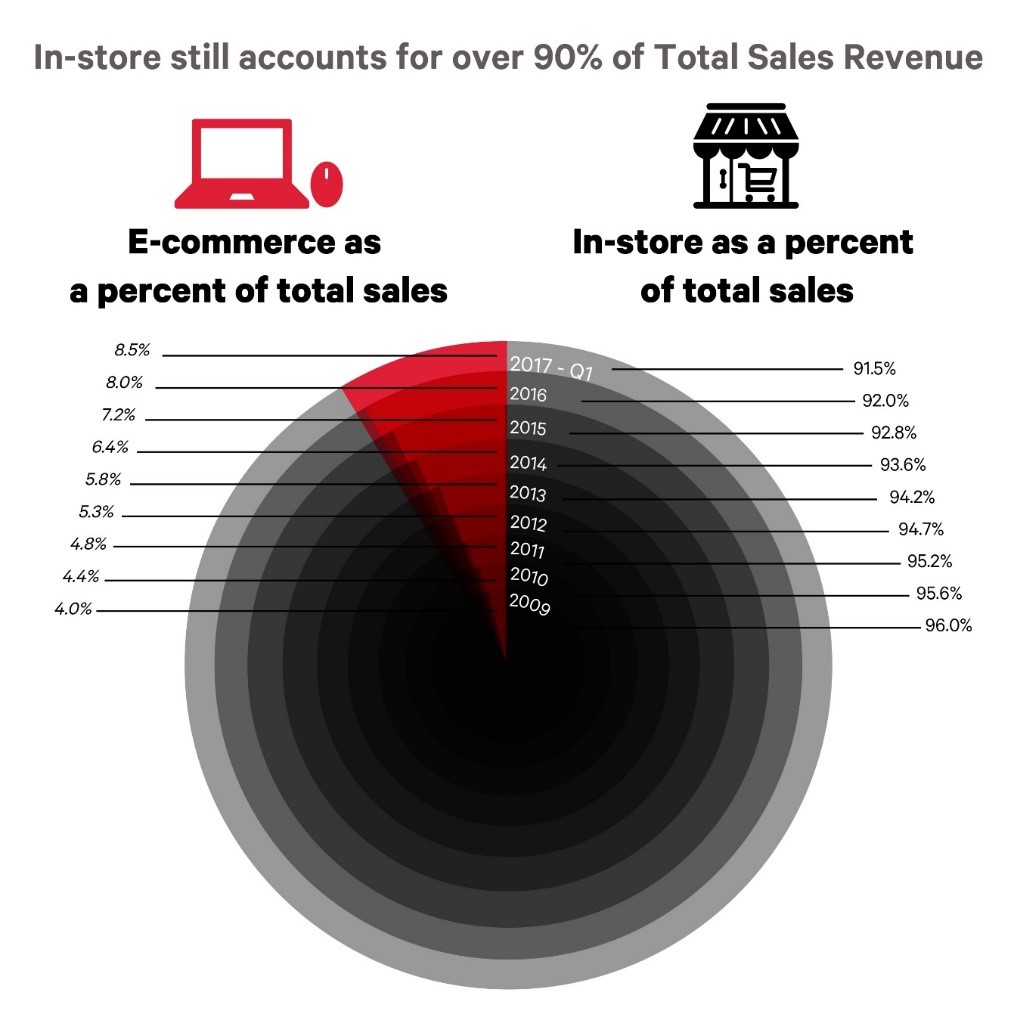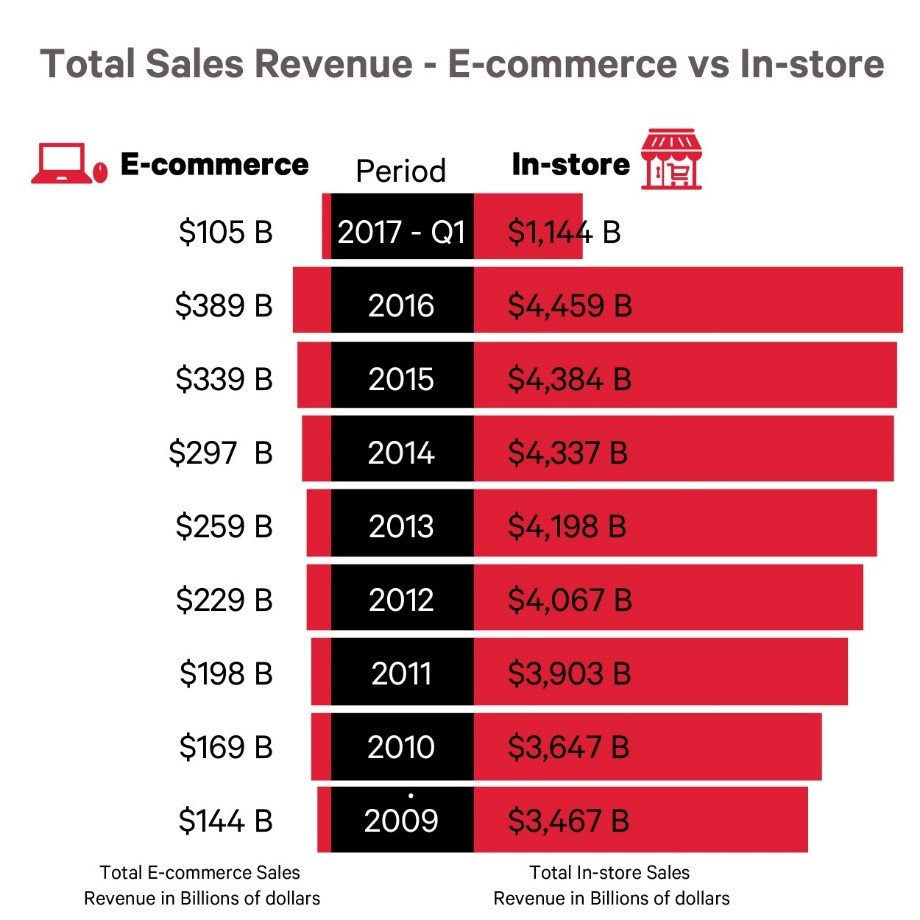


There's been no end of stories lately about retail store closures, layoffs and bankruptcies, but the real story isn't about physical retail dying. It's about evolution and that outlook is very positive.
 Photo: iStock.com
Photo: iStock.com
By Ifti Ifhar, CEO, ComQi
There's been no end of stories lately about retail store closures, layoffs and bankruptcies, but the real story isn't about physical retail dying. It's about evolution — and that outlook is very positive.
E-commerce is indeed growing quickly, and changing the retail landscape, but a deeper look at data shows bricks and mortar retail is also growing — and having an immensely higher impact on the business.
As CEO of ComQi, which develops solutions to drive in-store customer experience and engagement, I'm talking constantly to retailers about what's happening in their stores. What I am hearing about is unprecedented growth.
My own sense of things is backed up by Accenture Strategy, the global consulting firm, which has looked at the state of retail and concluded: “… Despite continued growth in digital commerce, the physical store will continue to be the largest revenue-producing channel until at least 2026. But, it is already evolving from a distribution channel to a customer experience platform …”

I have a degree in economics, so I decided to put on my old economist hat and analyze May 2017 data published from the U.S Census Bureau/U.S Department of Commerce, which include empirical data regarding retail sales through Q1 2017.

That data shows:
• Total annual retail sales growth was 5 percent, from $1,189B in Q1 2016 to $1,250B in Q1 2017;
• E-commerce sales grew by 14.7 percent, from $92.2B to $105.7B, up $13.5B in a year;
• The in-store sales grew up by 4.3 percent from $1,097B to $1,144B, up $47B in a year;
• Brick-and mortar sales is 91.5 percent of market, while e-commerce represents 8.5%.
So, the data is clearly indicating that while online sales is seeing faster growth in sales than physical retail, $47 billion of the $61 billion in retail sales growth in the last 12 months of available data was from stores with doors. That doesn't strike me as cause for despair. The total dollar growth of bricks and mortar is 3X that of online, but online growth rates are going to be faster because the base is far smaller.

Both in-store and online should be part of a retailer's comprehensive plan to maximize sales, and both should be applied with equal attention and importance.
The total number of stores, and the overall brick-and-mortar footprint may indeed reduce over time in the U.S. Some of that will owe to over-supply, but it's also because in-store retail is evolving from distribution channel to customer experience platform. Much more advanced technology — well beyond transaction processing — is being invested into them to fuel more sales.
American humorist Mark Twain famously reacted to newspaper reports in 1897 of his demise suggesting that "The report of my death was an exaggeration." He actually passed 13 years later.
The same might be suggested about in-store retail. It's far from dead or dying.
Sign up now for the Retail Customer Experience newsletter and get the top stories delivered straight to your inbox.
Privacy PolicySeptember 9-11, 2024 | Charlotte, NC